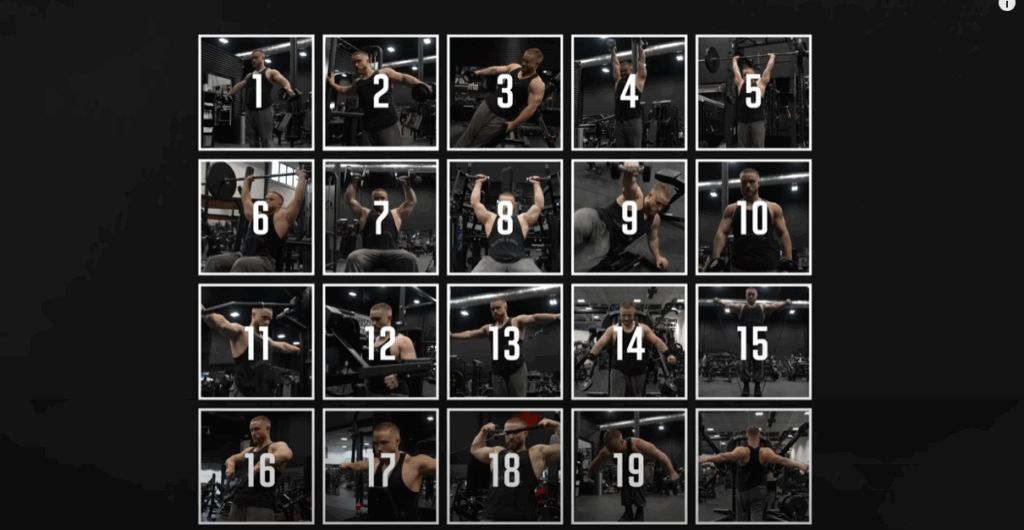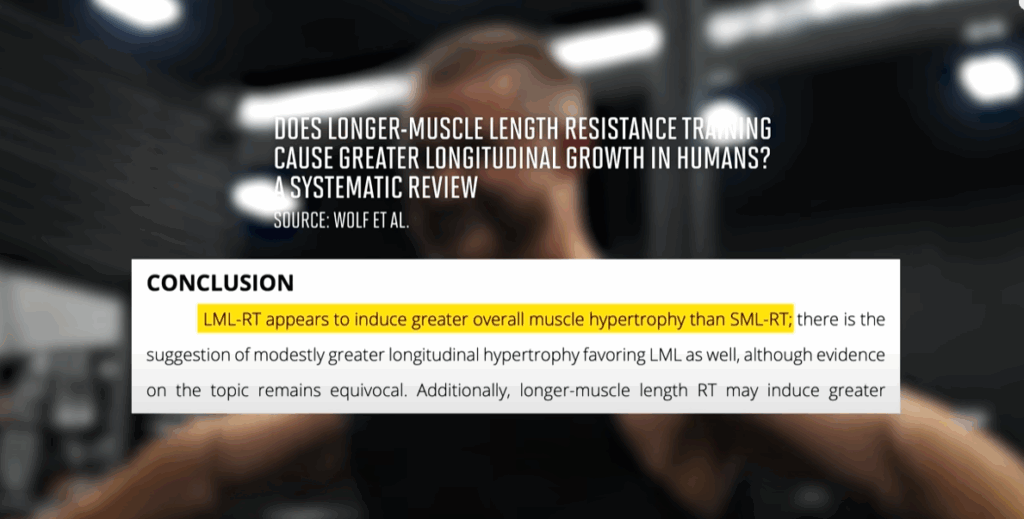The Ultimate Guide to the Best and Worst Shoulder Exercises for Muscle Growth
When it comes to building strong, defined shoulders, choosing the right exercises can make or break your progress. While many movements are popular in gyms around the world, not all of them deliver the same level of muscle stimulation or long-term gains. In this expert breakdown, we’ll explore the most effective (and ineffective) shoulder exercises for hypertrophy—ranked by tension profile, comfort, overload potential, and overall utility.
\

Let’s dive into the anatomy, biomechanics, and best training strategies for the deltoids, and reveal the top picks for anterior (front), lateral (side), and posterior (rear) shoulder growth.
Understanding the Deltoid Muscle
The deltoid is a three-headed muscle comprising:
- Anterior (front) head – responsible for raising the arm forward
- Lateral (side) head – lifts the arm to the side
- Posterior (rear) head – moves the arm backward
Each head responds best to different angles of resistance, meaning no single movement can fully develop your delts. That’s why a well-rounded shoulder workout should incorporate exercises that target each head effectively.
What Makes a Great Shoulder Exercise?
To be considered elite for muscle growth, a shoulder movement must:
- Place high tension in the stretched position (where hypertrophy signaling is strongest)
- Feel smooth and avoid joint strain
- Allow for progressive overload (easy to add weight or reps over time)
- Have a favorable resistance profile throughout the entire range of motion
With these criteria in mind, let’s look at the top and bottom-tier shoulder exercises.

Lateral Deltoid: Building the Coveted “3D” Look
Best: Cable Lateral Raise
The cable lateral raise stands out as the most effective movement for side delt growth. Unlike dumbbells, cables provide consistent tension throughout the lift—including in the stretched bottom position. This constant resistance is crucial for muscle growth. Whether you use a standard D-handle, wrist cuffs, or even hold a lacrosse ball for comfort, cable lateral raises offer a high degree of precision and mind-muscle connection. It earns the top spot for lateral delts.
Honorable Mention: Machine Lateral Raises
Machines like the Atlantis lateral raise deliver smooth resistance and stable execution. While the stretch isn’t as deep as cables, their ease of overload and safety make them an excellent choice, especially for high-volume training.
Worst: Banded Lateral Raise
Resistance bands offer the opposite of what you want: minimal tension when the muscle is stretched and excessive tension when fully contracted. While portable and convenient, they’re far from optimal for hypertrophy.
Anterior Deltoid: Often Overtrained, Rarely Underdeveloped
Best: Machine Shoulder Press
If your goal is to grow the front delts with maximum efficiency and minimum risk, the machine shoulder press is hard to beat. It provides a deep stretch, excellent control, and eliminates balance issues. With minimal setup, it allows you to focus entirely on the target muscle without recruiting stabilizers unnecessarily.
Runner-Up: Seated Dumbbell Shoulder Press
Seated dumbbell presses allow a more natural movement arc compared to barbells, which can increase side delt activation and enable a deeper stretch. They also reduce the need for lower-body stabilization, making them ideal for hypertrophy.
Worst: Front Raises
Despite their popularity, front raises (using dumbbells, cables, or machines) rarely offer added benefit in a well-designed program. The front delts are already heavily engaged during most pressing movements like bench presses, incline presses, and overhead work. Unless your anterior delts are lagging—which is rare—these exercises are usually redundant.
Posterior Deltoid: The Most Neglected Head
Best: Reverse Cable Crossover
The reverse cable crossover provides a deep stretch and constant tension throughout the movement, which is key for growing the rear delts. Crossing the arms over increases the range of motion and enhances the stretch further, making this a top-tier posterior delt builder.
Also Excellent: Reverse Pec Deck (Sideways Variation)
Turning sideways on the pec deck allows a greater range of motion and deeper stretch compared to the standard setup. This variation ensures better isolation and control, especially when performed one arm at a time.
Good but Not Great: Rope Face Pulls
While rope face pulls are effective for hitting the rear delts, they also heavily involve the traps and mid-back. They’re great for overall shoulder health and posture, but may not be ideal if you’re trying to isolate the rear delts as the primary target.
The Pressing Controversy: Are Overhead Presses Worth It?
Standing Overhead Press (Barbell)
A classic test of strength and shoulder stability, the standing barbell overhead press allows heavy loading and full-body integration. However, it’s heavily biased toward the front delts and places significant demand on core stability, which can reduce pure shoulder tension. Great for power and strength athletes, but only a decent hypertrophy choice—ranked as a solid middle-tier movement.
Seated Overhead Press (Barbell or Dumbbell)
By eliminating the need for balance, the seated version enhances shoulder activation. Dumbbells offer more freedom of movement and a better range of motion, slightly increasing lateral delt involvement compared to the barbell version.

Bonus Picks and Wild Cards
- Upright Rows (Cable with Rope Attachment): Despite the bad reputation, upright rows can be safe and effective when done with proper form and equipment. They target the traps and side delts effectively, but be cautious with shoulder mobility issues.
- “Arnold-Style” Lying Lateral Raise: Performed lying sideways on a bench, this variant increases the stretch and range of motion for the side delts. Surprisingly effective and worth adding into the rotation.
- Super-Range Lateral Raises: Taking inspiration from Dr. Mike Israetel, these emphasize the peak contraction. While the stretch position is still weak, they offer novelty and intensity—though not enough to be top tier.
Final Rankings
Best Overall Shoulder Exercise: Cable Lateral Raise
Delivers high tension in the stretch, consistent resistance, and ease of progression. It’s efficient, versatile, and effective for both beginners and advanced lifters.
Most Overrated: Front Raises
Not harmful, but largely unnecessary for most people.
Best by Head:
- Front Delts: Machine Shoulder Press
- Side Delts: Cable Lateral Raise
- Rear Delts: Reverse Cable Crossover
Conclusion
Smart shoulder training is about more than lifting heavy—it’s about choosing the right movements that match the anatomy and function of the deltoid muscles. Prioritize exercises that emphasize tension in the stretched position, minimize joint strain, and allow for consistent progression. If you focus on movements like the cable lateral raise, reverse cable crossover, and machine shoulder press, your shoulder development will skyrocket.



